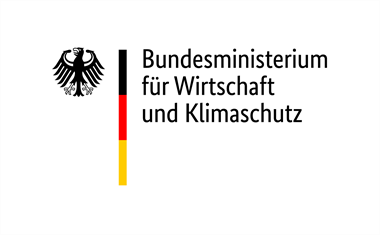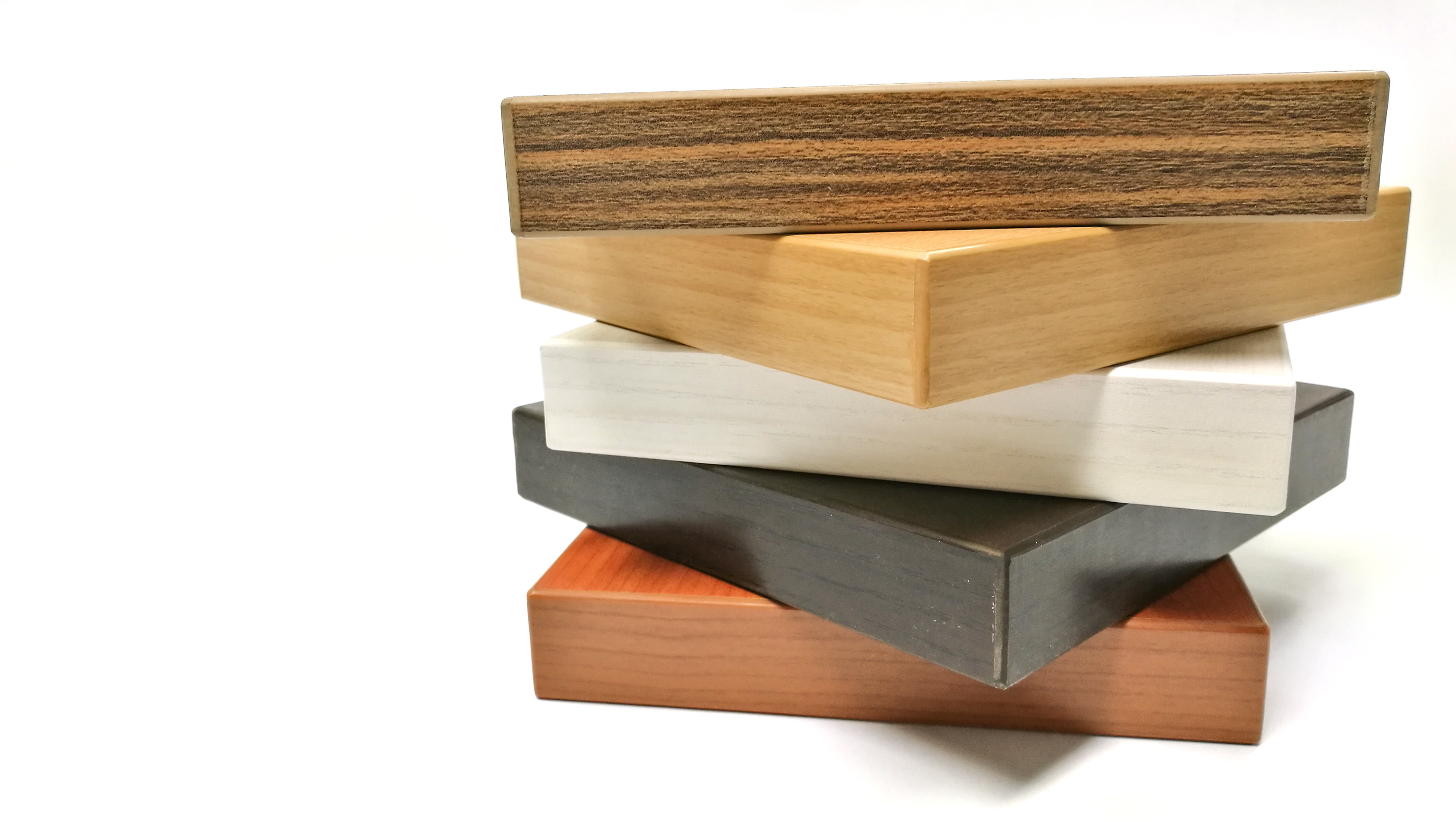LaHoCo: Development of the production of wood fibers for use in plastics technology and investigation into the formation of a composite material from solid wood decor and polymers
Development of wood fiber-reinforced polymers, wood fiber-reinforced bio-based polymers and a process and material technology for composite components made of the developed polymers with solid wood decors in one-shot technology.
Project background
The trend and general interest in the use of sustainable materials is in line with current social developments. Plastics technology primarily offers biodegradable plastics, biopolymers, natural fiber-reinforced plastics and combinations of these. In the case of natural fiber-reinforced plastics, wood-plastic materials are particularly interesting, as the raw material wood is available all year round in large quantities at a much lower price compared to other natural fiber materials. For example, a ton of wood costs only about a fifth of the price of jute or sisal. In addition, wood fibres are characterized by a significantly lower scattering of fibre properties.
In addition, interest in components with real wood is increasing, which is why it is desirable to display not only the look but also the feel of the wood. As the three-dimensional design of real wood components is very limited and would otherwise have to be joined, one or more slightly 3-dimensional real wood inserts, which are back-molded and overmolded with LaHoCo, would be a good answer to the otherwise costly and technically complex three-dimensional adaptation of real wood components. This direct injection molding also enables integral construction thanks to the free-formability of the LaHoCo component.
Wood-plastic composites known as WPC are plastics filled with wood flour, which are mainly used outdoors for floor coverings, in vehicle interiors and in wood and furniture construction and only have to transmit low mechanical forces. LaHoCo is intended to use wood as a reinforcing fiber and thus form a mechanical extension of WPC.
Project objective
The project aims to develop a technically superior extension of WPC, in which wood fibers represent the reinforcing fiber. Sustainability is to be further increased through the use of biopolymers in order to offer an attractive material for a more sustainable plastics industry. The aim is also to further expand the technology by directly injecting solid wood decors in order to meet the growing interest in real wood surfaces by functionalizing semi-finished wood products in a one-shot process at low production costs.
Project procedure
The project looks at wood fiber production in the refining process and the modification of the same. The production process of LaHoCo granulates and the various factors influencing the quality of the same are considered. In addition, bio-composites are developed to demonstrate the potential of sustainable plastics.
The material properties are examined for evaluation and comparison with existing products. With regard to the one-shot process, veneers of different types of wood are injected and the adhesion achieved and the visual results are assessed.
Innovation
Planetary roller extruders are used for the gentle compounding of long wood fiber-reinforced polymers. Furthermore, a compound for direct injection molding of solid wood decors is being developed. This enables the functionalization of semi-finished wood products, in which the functionalized components are produced directly on the semi-finished wood product and no further joining process is necessary.
Project lead
Project staff
T +49 (0) 8031 / 805 - 2637 Christian.Bielenberg[at]th-rosenheim.de
Project duration
2019-03-01 - 2021-12-31Project management agency

Project funding

Funding programme
Zentrales Innovationsprogramm Mittelstand


